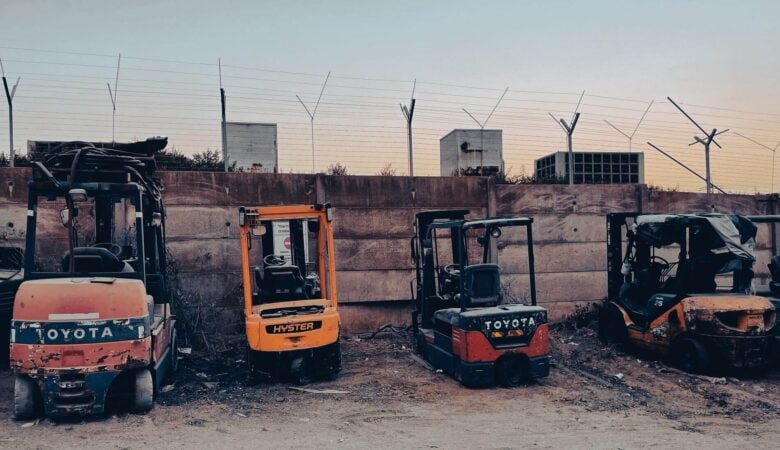In the run-up to the 2018 CVSA Roadcheck, it is part of our responsibility to customers to get them ready by way of cargo control supplies and education. This post is geared toward the education aspect. It covers the top 5 cargo control violations in America. You don’t want to be found guilty of any of them during the annual Roadcheck.
It has been estimated that up to 17 trucks are inspected every minute during the annual Roadcheck event. Keep in mind that the Roadcheck is conducted all across North America. Whether you haul flatbeds, dry goods vans, tankers or reefers, the chances of you being stopped and inspected during the first week of June is pretty high.

The best way to protect yourself is to make sure that you are fully compliant with cargo control rules. If you are not sure what those rules are, the Federal Motor Carrier Safety Administration publishes a driver handbook that lays it all out. For our part, we offer you the top five cargo control violations based on 2017 statistics:
1. Failure to Prevent Shifting or Loss of Load
Loads must always be secured to prevent them from shifting, falling, leaking, blowing, or otherwise leaving the confines of the vehicles carrying them. This means different things for different truck drivers. For the flatbed driver, it means that nothing can be allowed to fall off the trailer. Furthermore, nothing on the trailer should be allowed to shift during transport.
The obvious way to prevent being found in violation is to properly contain you loads. If you are not using a bulkhead, get one. Otherwise you will need to use extra tie-downs to keep loads in place. You might also consider a side kit for loads that might be a bit more challenging to contain.
2. Failure to Secure Equipment
Not only does your cargo have to be controlled, so does any and all equipment you’re carrying on the truck. That means hand trucks, chains, hand tools, etc. Anything that could potentially fall off your trailer must be properly secured.
3. Worn or Damaged Tie-Downs
Federal law prohibits the use of tie-downs or other cargo control equipment that is damaged or sufficiently warm. And because normal wear is in the eyes of the beholder, law enforcement tends to err on the side of caution. Please make a point of replacing any worn or damaged tie-downs right away. Even after the Roadcheck is over, your truck could be taken out of service if an inspection reveals worn or damaged equipment.
4. Insufficient Tie-Downs
The law also stipulates just how many tie-downs are necessary for a given load. You can find all the numbers in the driver handbook mentioned earlier in this post. Suffice it to say that your truck will be taken out of service if the number of tie-downs deployed is deemed insufficient.
Know that you have to have the right number of tie-downs AND they have to have appropriate working load limits. Getting either one wrong could result in a violation.
5. Loose Tie-Downs
Lastly, law enforcement don’t like to see loose tie-downs. So whether you’re using chains, straps or a combination of both, everything needs to be tight and secure. Be sure to inspect your tie-downs before initial departure, then again within 50 miles of the start of your trip. Check them every time you stop after that.
Don’t be found in violation during this year’s Roadcheck event. Pay attention to cargo control and do what the law requires. Both you and law enforcement will be the happier for it.










